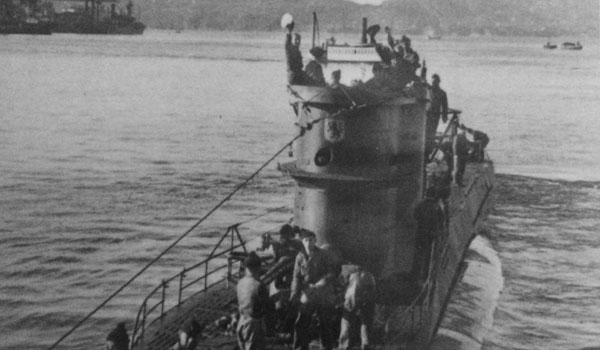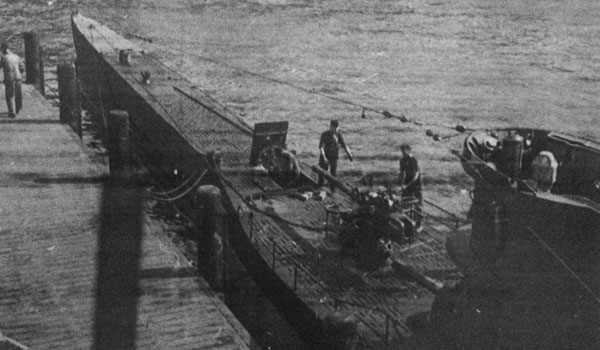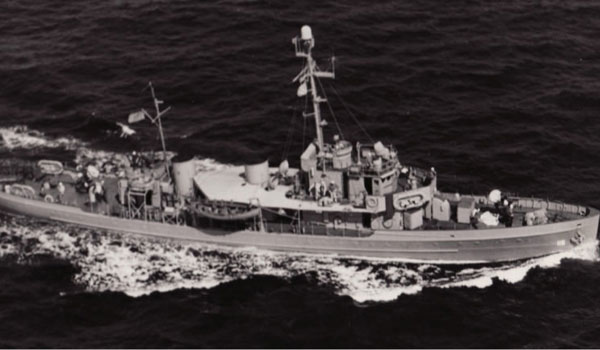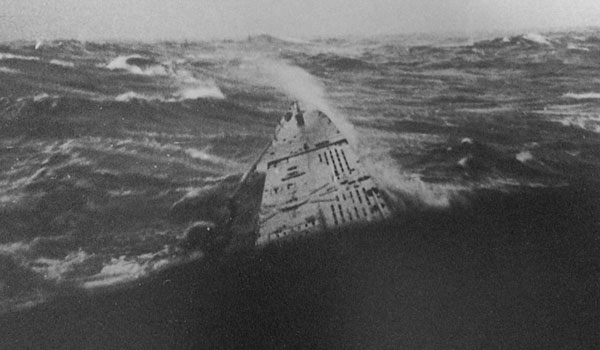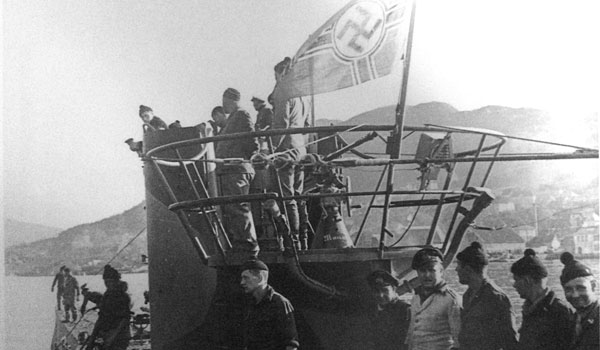U-576
Ship Stats
Depth: 690 feet
Length: 220 feet Breadth: 20 feet
Gross Tonnage: 761/865 tons (surfaced/submerged) Cargo: N/A
Built: 1940 Military Type VIIC U-boat built by Blohm and Voss, Hamburg, Germany
Hull Number: 552 Port of Registry: Germany
Owner: German Navy
Lloyd's Register Details: N/A
Former Names: N/A
Date Lost: July 15, 1942
Sunk By: SS Unicoi and VS-9 aerial attack Survivors: 0 of 45 (45 dead)
Data Collected on Site: Multibeam surveys; listed on the National Register of Historic Places
Significance: The SS Bluefields and U-576 were nominated to the National Register of Historic Places in October 2015.
Historical Background
On July 14, 1942, the convoy KS-520, with 19 merchant ships and five escorts, set sail from Lynnhaven Roads, Virginia. The convoy code ‘KS' that identified the group, indicated that they were moving south along the eastern seaboard with Key West, Florida, as their final destination. Once the convoy passed the minefield protecting the Chesapeake Bay, the ships assembled, set a course for 78 degrees, and headed south at a slow but steady speed of 8.5 knots.
As the convoy left Virginia waters, five vessels formed Escort Group Easy to protect the convoy. The escort included two U.S. Navy ships, two U.S. Coast Guard cutters and a naval vessel that was formerly a British ship. The convoy was to sail for seven days and arrive in Key West on July 21. However, with a looming threat of German U-boats known to be operating in the area, the KS-520 would surely not go without incident, and Escort Group Easy kept a vigilant watch.
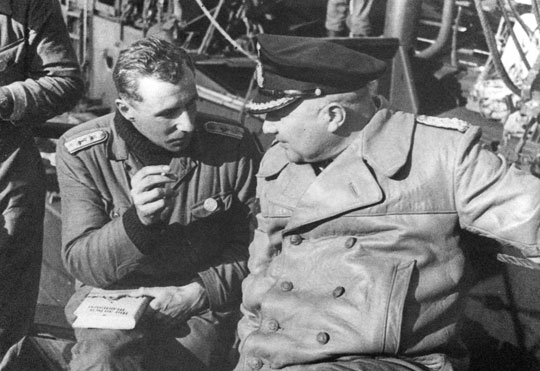
Meanwhile, a German U-boat, U-576, had been operating off Cape Hatteras, North Carolina. During its operation, it sustained damage to the main ballast tank, and on July 13, it was reported to the command in France that the damage was severe and irreparable. The next day, as the convoy set out, the U-boat commander, Kapitanleutnant Hans-Dieter Heinicke, made the decision to head back home to Germany. However, prior to leaving U.S. waters, Heinicke and his crew would encounter convoy KS-520.
Having completed his first two patrols without a single kill, and making only marginal gains during his third and fourth patrols, when Kplt. Heinicke saw the KS-520 just off Cape Hatteras, he probably saw it as the perfect opportunity to increase his success as a U-boat captain. In spite of his damaged ship, Heinicke decided to attack at all costs. However, at 4:00 pm just before he could fire his torpedoes, one of the Coast Guard cutters picked up a sonar contact. The Coast Guard crew dropped three depth charges, followed by five more 10 minutes later. Then at about 4:15 pm, the U-576 fired four torpedoes into the convoy. Two torpedoes rocked the Chilore, one hit the J.A. Mowinckel, and the fourth struck the Bluefields amidships on its port side, sinking her in minutes.
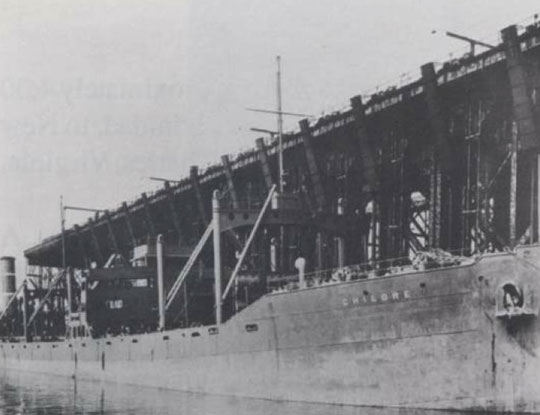
The U-576, already damaged, surfaced in the middle of the convoy and immediately the Armed Guard crew on the merchant ship, Unicoi, opened fire and scored a hit. Almost concurrently, two U. S. Navy Kingfisher aircraft straddled the U-576 with depth charges and sent it to the bottom of the sea with all 45 crew members. Over the next hour, Escort Group Easy, in concert with patrol aircraft, continued to conduct antisubmarine operations to ensure the U-boat had in fact been sunk.
Meanwhile, the damaged Mowinckel and Chilore maneuvered inshore to await tow operations. Unfortunately, this took them into the Hatteras minefield. Regrettably, during a salvage attempt, the tugboat Keshena struck a mine and sank, while Chilore later sank under tow in the mouth of the Chesapeake Bay. In addition to the deaths of the 45 submarine crew members, the skirmish resulted in four Allied casualties.
Present Day
Learn more about the search for the U-576 and its discovery.


